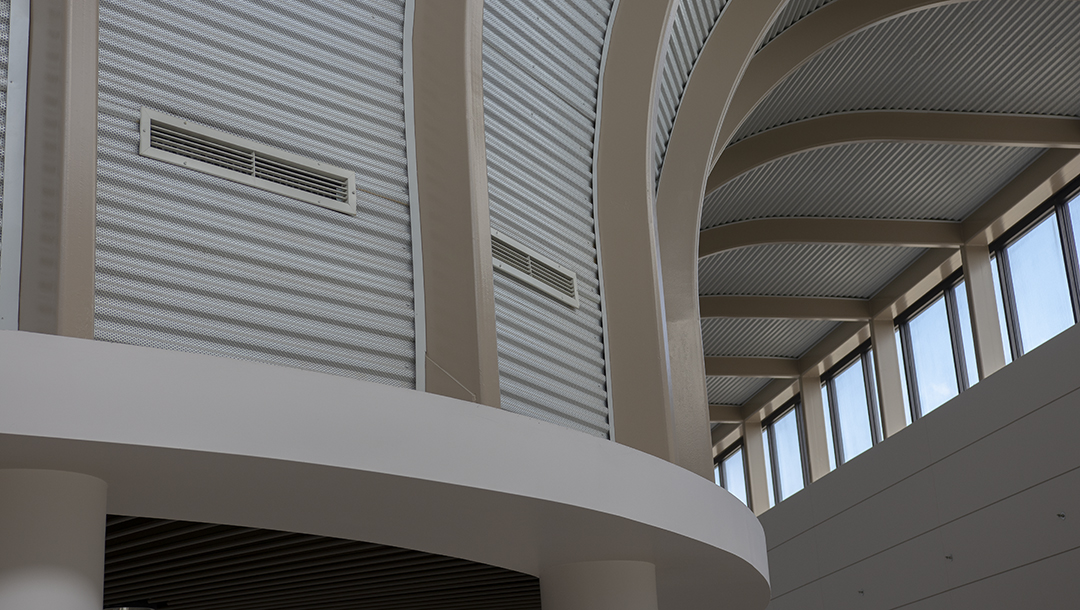
OSU Institute of Technology saved $492,506 for calendar year 2018, a record amount of savings in any one year since the energy cost savings program began in July 2007.
“The savings have a direct relationship to OSUIT’s budget,” said Jim Smith, vice president of Fiscal Services. “Without the savings, OSUIT would need to pay the additional utility charges. In light of the cuts in state appropriations over the last several years, this would mean that some employees could have been laid off or the January raise would not have happened. Every dollar saved in energy costs means other areas do not have to be cut to offset.”
This record year of savings is contributed to completing the renovation of the Donald W. Reynolds Training Center heating and cooling controls system.
“The original system had stopped regulating the fans and the heating and cooling automatically years before,” said Mark Pitcher, Physical Plant Services director. “We came back in and repaired/replaced controls and set up a schedule that could be set for being occupied when people were there instead of 24/7. It was a huge success.”
The Reynolds Center now has settings to control during the daytime, nighttime and weekend, with additional settings for holidays or unoccupied times.
Stanley Teague, Safety and Energy Management, said the campus-wide LED lighting upgrade project also contributed to the savings. The project included the exterior and interior lighting being changed over to LED lighting, greatly reducing the electrical load.
The total savings since the beginning of the program through May 2019, exceed $3 million, but Pitcher says there are plans to continue these savings into the future.
“The Noble Center for Advancing Technology poses the same issue as Reynolds,” said Teague “The HVAC and controls system will be a great improvement for energy savings when the funds are available to complete the project.”
Pitcher said he would also like to install Wi-Fi thermostats in more academic and residential buildings.
“This would help improve consistent temperature regulation and shutdown savings,” said Pitcher. “The other big advantage is monitoring temperatures; you can find problems quicker as temperatures go out of bounds.”
Students, faculty and staff all have a hand in energy savings. Savings can be seen by unplugging all unnecessary items each night, on the weekends or idle times, turning off unnecessary lighting and adjusting thermostats while away.
“I am proud of all the students, faculty and staff that work hard to help with minimizing energy costs,” said Smith. “Stan Teague and Mark Pitcher are doing an outstanding job in leading our energy conservation efforts.”
